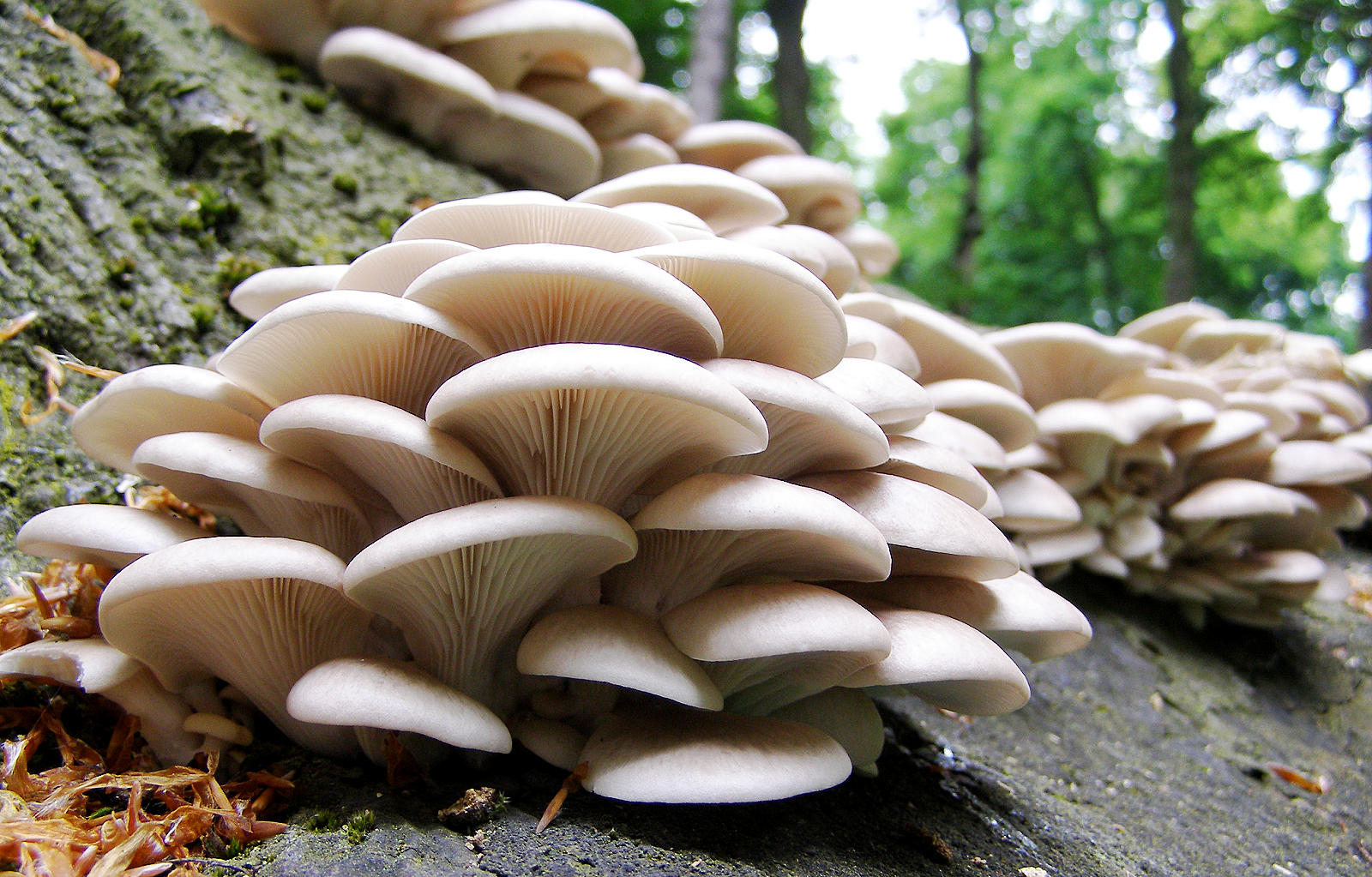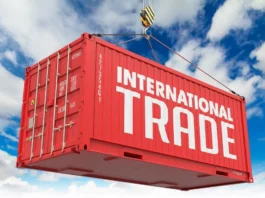
Mushroom farm businesses specialize in growing mushrooms. These mushrooms are used by customers for either medicinal or culinary purposes, depending on the type of mushroom grown.
Mushroom Farming Business

Mushroom farming has tremendous potential as an income-generating activity. It grows independent of sunlight, feeds on organic matter, and does not require fertile soil. In addition to the floor, air space is also utilized, resulting in higher productivity.
Mushroom is an excellent source of protein, vitamins, minerals, folic acid, and a good iron source for anemic patients. Mushroom contains 19 to 35 percent protein, which is higher than most vegetables and cereals. Moreover, lysine and tryptophan protein, which are absent in vegetables and cereals, can be obtained through mushrooms.
A mushroom farming business can be mean big profits in just a few weeks. Plus, starting your own business growing oyster mushrooms for profit is fairly easy. In fact, here’s how to get started in just six easy steps.
-
Decision making on Type of Mushroom to Cultivate
Deciding on the type of mushroom to grow depends on several factors like; the purpose for cultivating the mushroom (sale or house use), your land space, your finance. All kinds of different mushrooms grow in the wild, and you can grow most of them at home. One of the beauties of growing your own mushroom varieties instead of wild-harvesting them is that you can be sure you’re not picking a poisonous mushroom. Cremini, enoki, maitake, oyster, shiitake, and white button mushrooms can all be grown indoors, but each type has specific growing needs. For example, white button mushrooms need to be grown on composted manure, shiitakes on wood, and oyster mushrooms on straw.
-
Identify Your Market
With the expansion of the global mushroom industry, mushrooms’ commercial production and distribution have improved significantly. After deciding on the type of mushroom to grow, next is to identify your target market.
Your important customers, in most cases, are a restaurant that focuses on using locally sourced ingredients. A restaurant will have regular orders that provide a stable income. Most of this restaurant prefers to source for their mushroom locally rather than buy a large supplier in another state.
-
Get your spawn and substrate.
You’ll need a spawn to start the culture. You can produce your own spawn using a sterile culture, or you can buy ready-to-inoculate spawn, which you can get from suppliers. Producing your own can be cheaper in the long run, but the start-up costs can be high, so chances are buying the ready-to-inoculate spawn is the best way for you, especially if you consider finance. Spawn spawn to mushroom is like a seed to plan
You’ll also need to buy the substrate. Many growers use straw or wood chips. Straw is generally the preferred method. You want straw that can be chopped up into little pieces. Spawn to mushroom is like a seed to plant while substrates to mushroom are like soil to plant
-
Prepare the Substrate
The concept of a mushroom substrate can be thought of as somewhat analogous to the soil of a plant; how mushrooms actually use a substrate is different and needs to be fully understood by the cultivator’s best results.
The mushroom substrate needs to be properly prepared by chopping the straw into short pieces and then adding water, potentially adding additional nutrition, and further processed by sterilization or pasteurization. When you are done, dry up and spread out the straw on a clean surface, and let it cool.
5. Pack the plastic bags
Now it’s time to pack plastic bags with the straw and spawn. Pack two or three inches of straw into the plastic bag and then lightly sprinkle the spawn on top. Repeat this until you’ve almost filled the bag, close the top and poke holes in the bag.
-
Incubation
Once inoculated, the bags should be left to incubate. During this time, the spawn “runs” (mycelium spreads) throughout the straw. The spawn run will be complete when the mycelium has spread throughout the bag (the straw is then fully colonized).
Depending on the mushroom variety, humidity, and temperature, this process should take between 1 to 3 weeks. During incubation, light is not required; however, make sure the bags have plenty of fresh air. Keep the growing area at around 78 degrees F. When you start to notice tiny pinhead mushrooms near the air holes in your bag, then you’re ready to move on to the next step.
-
Fruiting
Mushrooms do not use light in the same way that plants do (for photosynthesis); rather, light is a signal that tells the fungus to start its fruiting stage. In nature, the light would tell the fungus that it has reached the outside of a dung pile and that where the light hits, it is a good place to create a fruiting body. For your fruiting room, you need a high level of humidity. The temperature will need to be 65 to 70 degrees F. You will need a lot of natural light at this stage—at least 12 hours a day, this will force it into fruiting. You can move the bags to a cool place for a day, such as a basement or other cool place, and then move them back to the fruiting room.
The Highest Paying Agricultural Farming Business Ideas in 2021
-
Harvesting and Marketing
Just before your mushroom caps are fully uncurled, that’s when it’s time to harvest. To do so, twist the stem off as near to the growing block as you can.
Harvesting mushrooms takes place in “flushes.” The first flush is picked in 3 to 5 days and yields 15 to 20 kg/m2. If the mushrooms are mechanically harvested, in the form of once-over harvesting, this yields 22 to 26 kg/m2. The second flush comes after about 5-7 days and yields a little less, 9-11 kg/m2 for hand-harvesting, 10-15 kg/m2 for mechanical harvesting. The third flight yields 10-15% of production and is of lower quality because diseases and pests are increasing very strongly. Depending on the economic situation, a third flush is harvested. It takes about 6 to 8 days before the third flush can be harvested. During hand-picking, the flush is harvested in 2 days.
Hand-picking mushrooms can be stored, sold, and consumed fresh. Mechanically harvested mushrooms are harvested in a once-over operation and directly processed and preserved.
There are no doubt marketing mushrooms still requires more effort than conventional vegetables. Marketing starts in your neighborhood, friends & associates, workplaces, worship centers, and open market. Organized market includes; supermarkets, hotels, restaurants, schools, hospitals, and grocery stores.
Mushroom is a perishable product. Hence you must sell as soon as you harvest. Otherwise, you dry it for the future market.
Final View
Mushroom farming is one of the most profitable agricultural farming business. The cost of Mushroom farming varies according to countries and the specific type of cultivation. Generally, the growing of mushrooms is less expensive than that of other food/cash crops because it requires little space and almost free raw materials.












